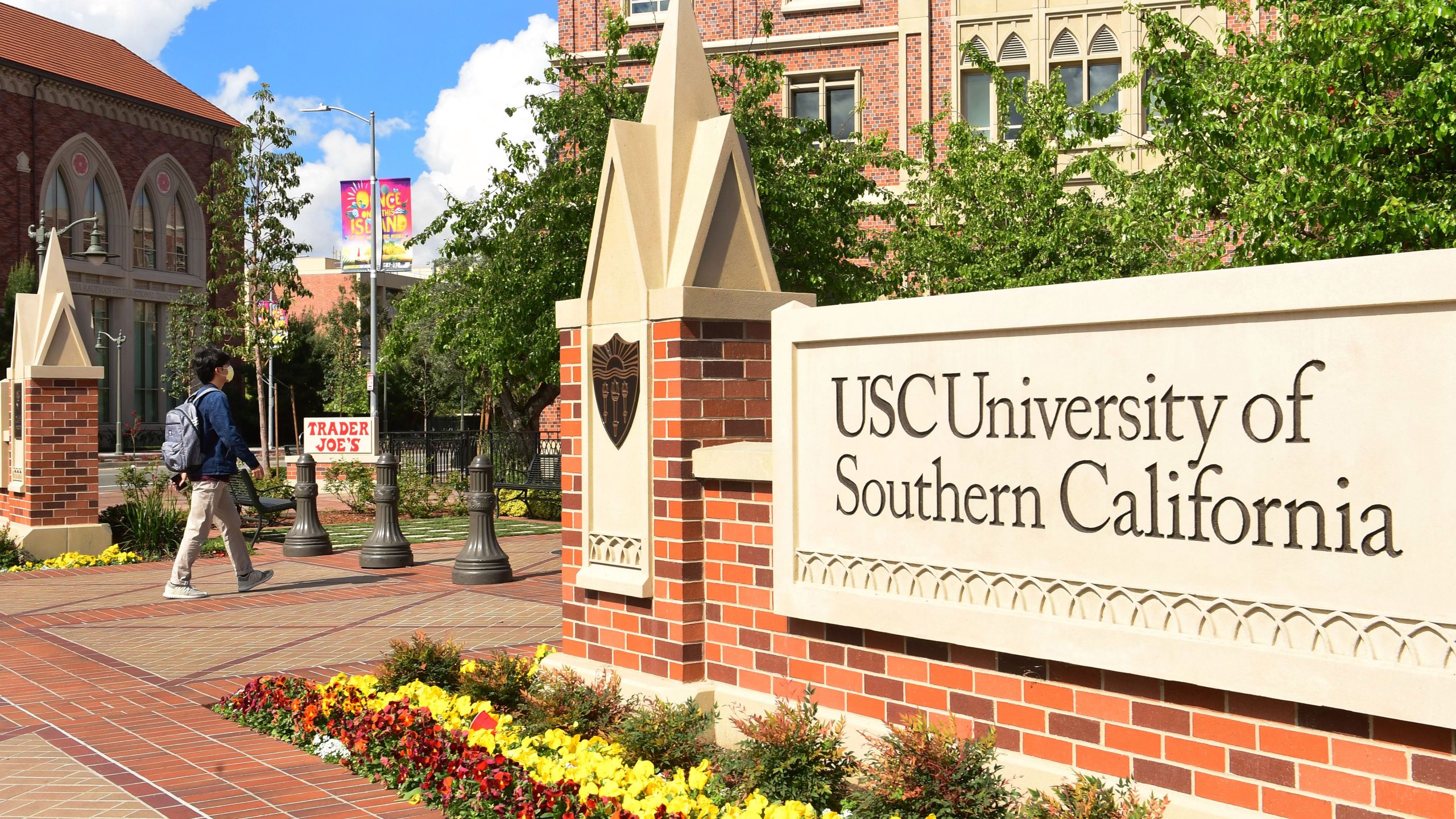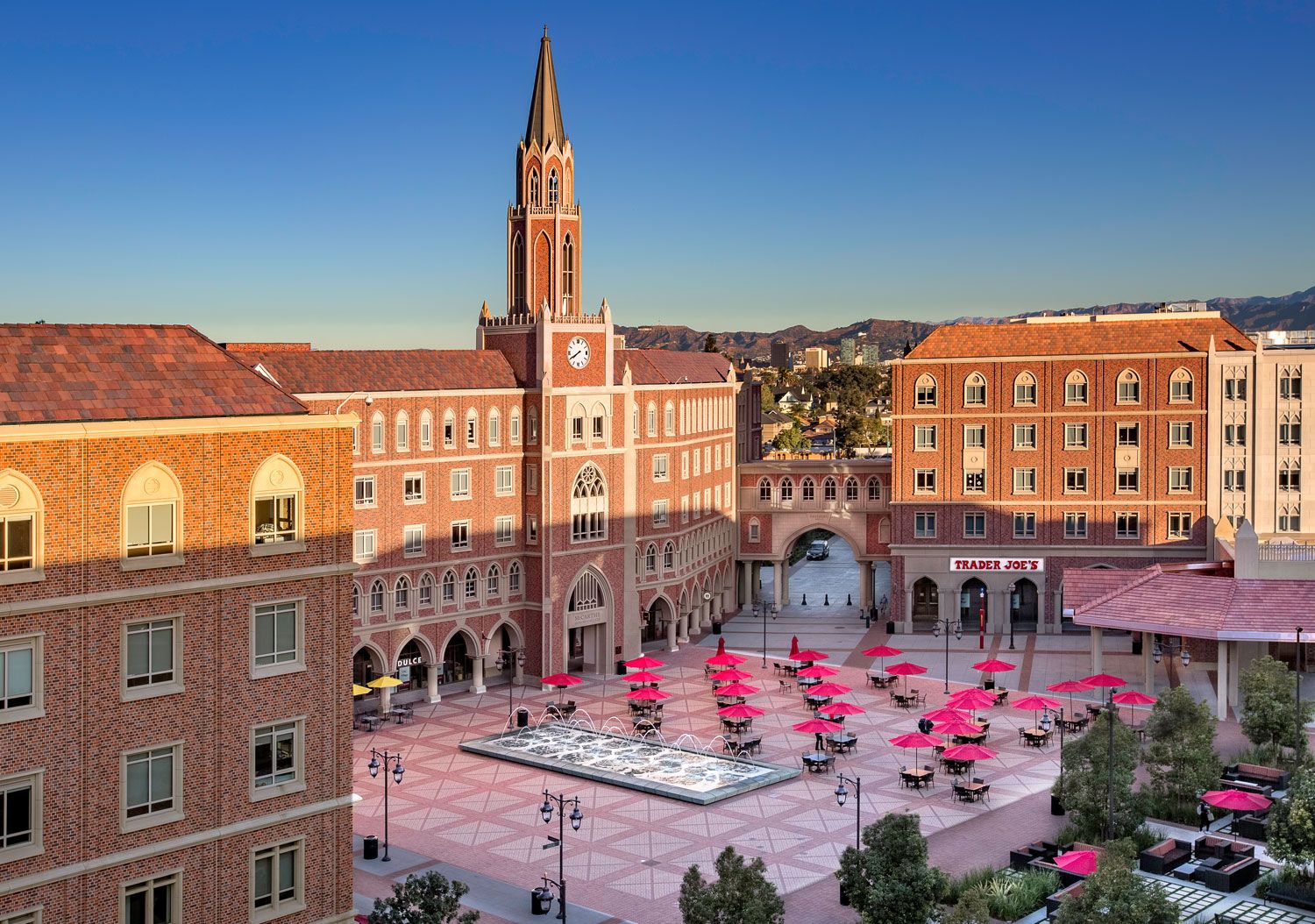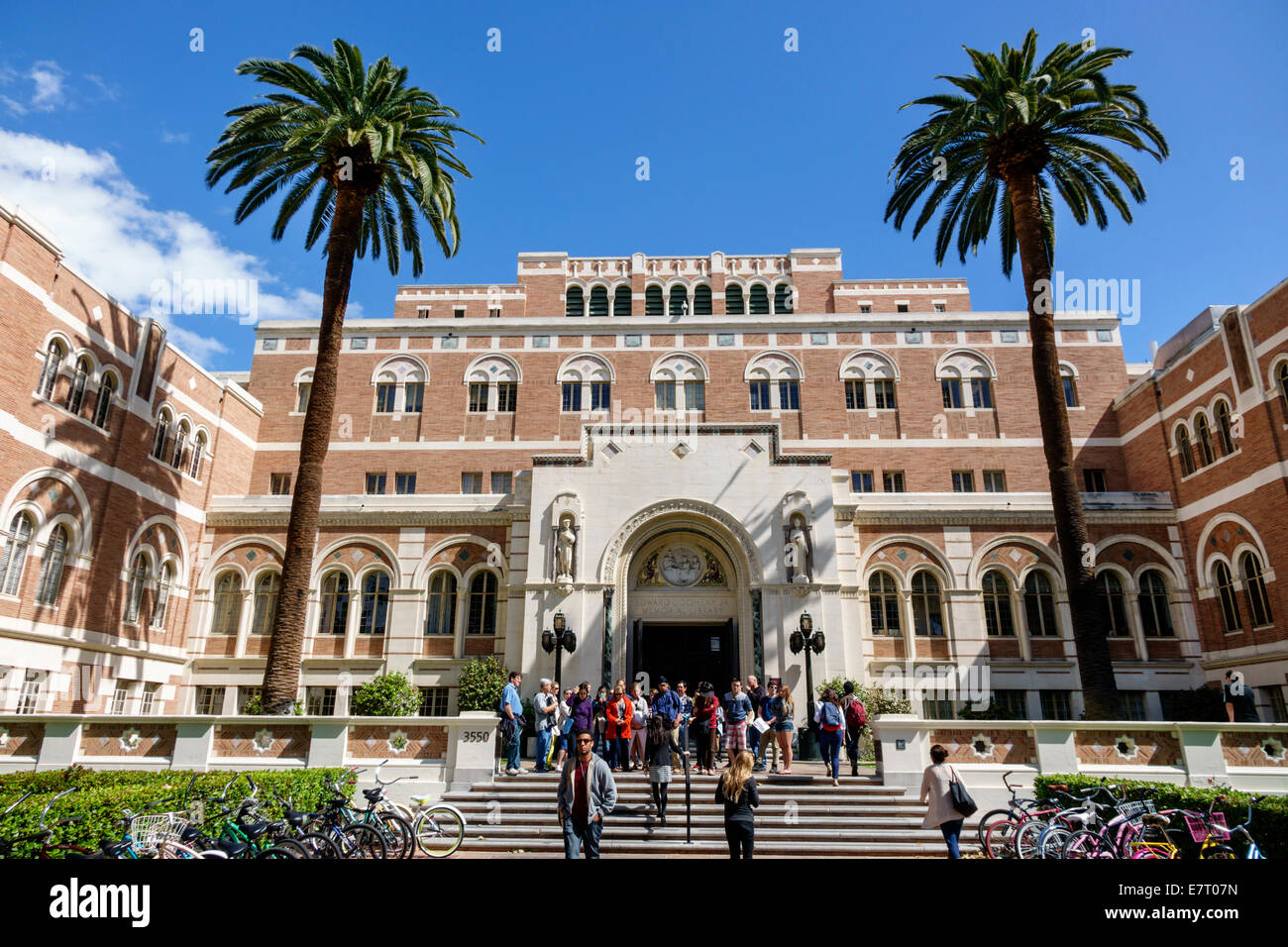Exploring The USC Ice Bucket Challenge Meaning: Community, Compassion, And Global Impact
It's almost like thinking back to a time when a simple bucket of ice water made a very big splash around the world, you know? The Ice Bucket Challenge, in a way, truly captured the attention of so many people, inspiring them to think about something bigger than themselves. For a place like the University of Southern California, a school known for its vibrant community and a real sense of purpose, understanding the deeper usc ice bucket challenge meaning goes beyond just a chilly moment.
This widely shared act of charity, which got people talking and giving, really showed how a shared experience can bring folks together for a good cause. It wasn't just about getting wet; it was about spreading awareness and raising funds for a very important health issue, ALS, which is a condition that affects nerve cells in the brain and spinal cord.
So, when we consider what this challenge might mean for an institution like USC, it's about looking at how a university with a global reach and a strong spirit of giving could connect with such a movement. It's about seeing how the values of a place like USC, with its dedicated faculty and bright students, align with acts of collective generosity.
Table of Contents
- The Spirit of the Ice Bucket Challenge
- USC's Community and Shared Purpose
- Leadership and Social Impact at USC
- Global Connections and Outreach
- Academic Excellence and Problem-Solving
- The Lasting Resonance of Giving
- Frequently Asked Questions
- Conclusion
The Spirit of the Ice Bucket Challenge
The Ice Bucket Challenge, in its basic form, was a very simple idea that spread around the world quite quickly. People would film themselves pouring a bucket of ice water over their heads, challenge others to do the same, and then ask for a donation to support research for ALS. This condition, sometimes called Lou Gehrig's disease, causes muscle weakness and can make it hard to move, speak, eat, and breathe. The challenge, you know, really made people stop and think about this serious illness, which many might not have known much about before. It brought a sense of fun to a very serious topic, making it approachable for a lot of people. It was, in some respects, a truly clever way to get the word out.
The core of the challenge was not just the cold water, but the act of sharing, of calling out friends and family, and of being part of a larger movement. It showed how much people can care and how quickly a simple idea can grow into something much bigger, something that touches many lives. The idea was to create a chain reaction, where one person's chilly splash would lead to another's, and then another's, spreading awareness and collecting funds with each new video. This kind of shared experience, where everyone felt they were part of something important, really made the challenge stand out. It demonstrated, pretty clearly, the immense collective good that can come from individual actions, especially when those actions are shared widely.
This widespread participation, involving everyone from everyday people to famous figures, gave the campaign a very strong push. It was, arguably, one of the first times a charity event went so incredibly viral, showing the true strength of online connections for a good cause. The feeling of being part of a global effort, contributing to a cause that affects so many, was a powerful motivator for people. It was a moment where the internet, usually a place for entertainment, became a very strong tool for real-world impact and compassion. So, the spirit of the challenge was all about shared experience, quick action, and a big heart for helping others.
USC's Community and Shared Purpose
When we think about the usc ice bucket challenge meaning, especially in relation to a place like the University of Southern California, we really need to consider the kind of community USC has. The university, as a matter of fact, is home to a very large and truly dynamic group of students, with over 21,000 undergraduate students alone, and a global community of 26,000 graduate students. This creates a powerful sense of togetherness, a feeling of being part of something big and supportive. Trojans, as USC students and athletes are known, epitomized by the Trojan Shrine, nicknamed Tommy Trojan, near the center of campus, often show a strong spirit of loyalty and collective action.
This strong community feeling means that when a movement like the Ice Bucket Challenge comes along, it finds a very fertile ground at USC. Students, faculty, and staff are already used to working together, supporting one another, and engaging in shared experiences. The university's structure, with its 23 schools and academic divisions, allows for many different groups to come together for various purposes. This makes it easier for a challenge that relies on collective participation to spread and gain momentum within the university. It's almost like a natural fit for a place that values connection and common goals, you know?
The idea of a shared purpose is deeply woven into the fabric of USC. Whether it's through academic programs, student organizations, or even just daily life on campus, people at USC often find themselves working towards common aims. The Ice Bucket Challenge, with its clear goal of raising awareness and funds for ALS, would have resonated with this existing spirit of collective action. It would have provided another way for the USC community to show its willingness to contribute to something meaningful, to extend its supportive nature beyond the campus walls. This commitment to shared purpose is, quite frankly, a core part of what makes USC special.
Leadership and Social Impact at USC
The usc ice bucket challenge meaning also connects very well with USC's strong focus on leadership and making a positive difference in the world. The university, for example, is always working to build paths to success for its students, helping them become leaders in their chosen fields. This involves working with leading experts and supportive faculty, who guide students to develop skills that go beyond just academics. When a challenge like the Ice Bucket Challenge asks people to step up, to nominate others, and to lead by example, it aligns very closely with the kind of leadership qualities USC aims to foster in its students and alumni.
USC has a long history of engaging in initiatives that have a social impact. University news and events often highlight how USC launches new centers, like South Carolina's premier center for civic leadership and thought, which are dedicated to tackling important societal issues. This shows a commitment to not just learning, but also to applying that knowledge to make real-world improvements. A pharmacy professor and alumnus named new faculty athletics representative, for instance, shows the university's dedication to having people in leadership roles who can inspire and guide others. This kind of leadership, which seeks to improve communities and address pressing concerns, is a very natural fit for the spirit of the Ice Bucket Challenge.
The challenge itself was a call to action, asking individuals to take a small step that, when combined with many others, would create a very big impact. This mirrors the way USC encourages its students to think about their roles in society. Whether through research, education, or professional practice, USC prepares its graduate students for leadership roles that often involve solving complex problems and serving the greater good. So, the act of participating in the Ice Bucket Challenge, which was a simple yet powerful act of civic engagement and social responsibility, fits very well with USC's overall mission to develop strong leaders who can form key partnerships and tackle the nation’s challenges. It's about taking the initiative, basically.
Global Connections and Outreach
A very important part of the usc ice bucket challenge meaning, especially for a place like USC, is its global nature. The University of Southern California is not just a school within the U.S.; it truly is a global community. Students come from all over the world, and the university has connections that reach far beyond its main campus. This includes its capital campus in Washington, D.C., which brings USC’s schools, centers, and institutes with top experts to develop strong leaders and form key partnerships, together to tackle the nation’s and, indeed, the world’s big questions. This wide reach means that when a global phenomenon like the Ice Bucket Challenge emerged, USC was inherently positioned to connect with it on a very broad scale.
The challenge spread across continents, involving people from many different cultures and backgrounds, all united by a common goal. For USC, with its dynamic, global community, this would have been a very natural extension of its existing network. Students who have friends and family in other countries could easily share the challenge, extending its reach even further. This cross-cultural sharing and participation is a hallmark of USC, which prides itself on its diverse student body and its international outlook. It's almost like the university itself is a microcosm of the global community that the Ice Bucket Challenge aimed to unite.
The university offers more than 400 graduate programs and has a community of 26,000+ graduate students, many of whom come from outside the United States. This means there are countless connections to different parts of the world, making it very easy for a viral campaign to spread through these existing channels. The act of sharing the challenge, nominating someone far away, or seeing friends from other countries participate, would have reinforced USC's identity as a place with truly worldwide connections. It shows, in a way, how the university's own structure and makeup can amplify the impact of global movements, making the usc ice bucket challenge meaning even more significant in this context.
Academic Excellence and Problem-Solving
The usc ice bucket challenge meaning also ties into USC's deep commitment to academic excellence and its role in solving real-world problems. The Ice Bucket Challenge was not just about getting wet; it was about raising money for scientific research into ALS. This direct link to finding solutions for a serious health condition resonates strongly with USC's mission. The university offers a vast array of academic programs, with 150+ majors and a range of undergraduate, graduate, and professional majors across its 23 schools and academic divisions. This wide scope means USC has experts in many fields, including health sciences, engineering, and public policy, all of whom contribute to understanding and addressing complex issues.
At USC, students and faculty work with leading experts to build paths to success, often involving cutting-edge research and innovative thinking. A pharmacy professor, for instance, would have a direct interest in the kind of medical research that the Ice Bucket Challenge supported. The university's focus on preparing students for leadership roles in research and education means that it is constantly contributing to the pool of knowledge that helps tackle big challenges like ALS. The challenge, in a sense, highlighted the importance of scientific discovery and the need for funding to make breakthroughs happen. This aligns very well with USC's own efforts to advance knowledge and find solutions.
The spirit of the Ice Bucket Challenge, which encouraged broad public support for a specific research goal, mirrors the way academic institutions like USC approach problem-solving. They gather resources, bring together bright minds, and work towards a common aim. Discovering USC's 400+ graduate programs, you see how much emphasis is placed on preparing individuals to contribute to research. The university's dedication to providing support from dedicated admission staff and offering various ways to find out more about opportunities at USC, including planning a visit, shows its commitment to bringing in the best and brightest to work on these kinds of problems. So, the challenge, in a way, underscored the very kind of impactful work that USC is always doing.
The Lasting Resonance of Giving
The usc ice bucket challenge meaning, in the end, really speaks to the lasting power of collective giving and compassion, something that holds great importance for an institution like USC. The challenge, you know, showed how a simple, shared act could lead to truly significant financial contributions for a cause that needed it. The funds raised from the Ice Bucket Challenge helped push forward research into ALS, making a real difference in the lives of those affected by the condition. This act of widespread generosity, where millions participated, highlighted the incredible potential of people coming together for a common good.
For USC, a university that encourages its students to find their path to success and to become leaders, the resonance of such a giving movement is clear. It reinforces the idea that education is not just about personal achievement but also about contributing to society. The university's dynamic, global community is always looking for ways to make an impact, whether through academic pursuits, community service, or supporting charitable initiatives. The challenge provided a very visible and engaging way for individuals within the USC community to express their compassion and their willingness to help others, even those they might never meet.
The legacy of the Ice Bucket Challenge, and its meaning for a place like USC, is that it reminds everyone of the strength that comes from collective action and the deep satisfaction that comes from giving. It showed that even a seemingly small gesture, when multiplied by many, can have a truly massive effect. This spirit of generosity and social responsibility is a core part of what USC aims to instill in its students, preparing them for leadership roles that often involve making a positive difference in the world. It’s a good reminder, too, that acts of kindness, no matter how simple, can create waves of change.
Frequently Asked Questions
What was the main purpose of the Ice Bucket Challenge?
The primary goal of the Ice Bucket Challenge was to raise public awareness about Amyotrophic Lateral Sclerosis (ALS), also known as Lou Gehrig's disease, and to collect money for research into its causes, treatments, and a possible cure. It aimed to get a lot of people talking and giving to support those living with this condition. You can learn more about the ALS Association and their work.
How did the Ice Bucket Challenge spread so widely?
The challenge spread very quickly because of its simple rules and the use of social media. People would film themselves, nominate friends and family to do the same, and then share their videos online. This chain reaction, combined with the fun and visual nature of pouring ice water, made it go viral around the world. It was, basically, a very clever way to use online connections.
What does the Ice Bucket Challenge mean for a university community like USC?
For a university like USC, the Ice Bucket Challenge meant a chance to show its strong sense of community, its commitment to social impact, and its global connections. It allowed students, faculty, and staff to participate in a worldwide act of giving, reflecting USC's values of leadership, compassion, and working together for a greater good. Learn more about USC's many offerings on our site, and discover more about student life at USC.
Conclusion
The usc ice bucket challenge meaning, when we really look at it, goes beyond just a moment in time. It truly highlights the incredible power of community, the drive for leadership, and the broad reach of a global network, all of which are very strong characteristics of the University of Southern California. This challenge showed how a simple idea, fueled by collective action, can bring people together for a very important cause. It underscored the lasting importance of compassion and the deep impact that can come from shared generosity.

Information About University of Southern California

Usc Campus Buildings

Los Angeles California CA L.A. Downtown LA USC University of Southern